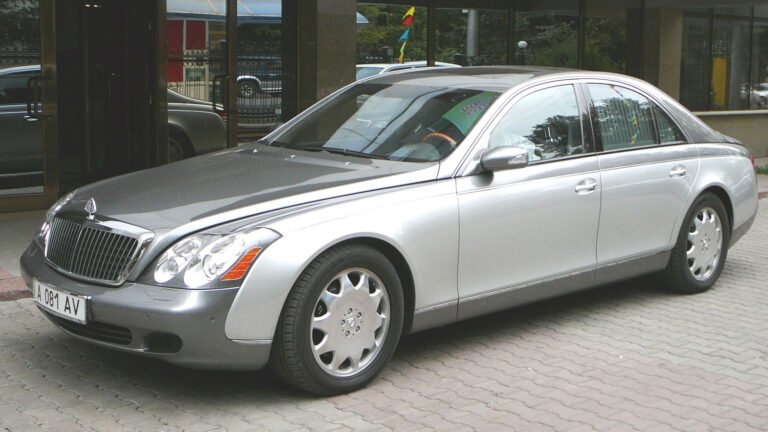

But I say to you that everyone who is angry with his brother will be liable to judgment; whoever insults his brother will be liable to the council; and whoever says, ‘You fool!’ will be liable to the hell of fire.
In this passage, Jesus refers to a place called Gehenna, translated here and elsewhere in the Gospels and James as ‘hell’. To Jesus’ audience, Gehenna was an actual place just outside the city of Jerusalem. Gehenna is the New Testament equivalent of the Valley of the Son of Hinnom in the Old Testament. So what is this valley, and why did Jesus refer to it as a place of punishment?
This valley is first mentioned in Joshua as part of the border between the tribes of Judah and Benjamin near Jerusalem (Josh. 15:8; 18:16). It is later described as a place where King Ahaz (2 Chron. 28:2) and King Manasseh (2 Chron. 33:6) sacrificed their children in the fire. And Josiah defiled this place so that child sacrifices could no longer be offered there (2 Kings 23:10).
This valley is also mentioned in three prophetic utterances by the prophet Jeremiah (Jer. 7:30-34; 19:1-15; 32:35). All three of these mention the child sacrifice that occurred there. And the first two of these foretold a time when the valley would be renamed to the Valley of Slaughter. A time when Jerusalem would be overrun and the dead would be buried there because there was no other place to bury them.
Isaiah does not mention this valley by name. But it is surely what he refers to in Isaiah 66:24.
“And they shall go out and look on the dead bodies of the men who have rebelled against me. For their worm shall not die, their fire shall not be quenched, and they shall be an abhorrence to all flesh.”
So Gehenna, or the Valley of the Son of Hinnom, had a bad reputation. It was known as a place of defilement, judgment, and death for the enemies of God. And this very real place with a real history was what the people who heard Jesus speak would have thought of.
Related Posts
The post The Valley of the Son of Hinnom – Matthew 5:22 appeared first on A Clay Jar.






